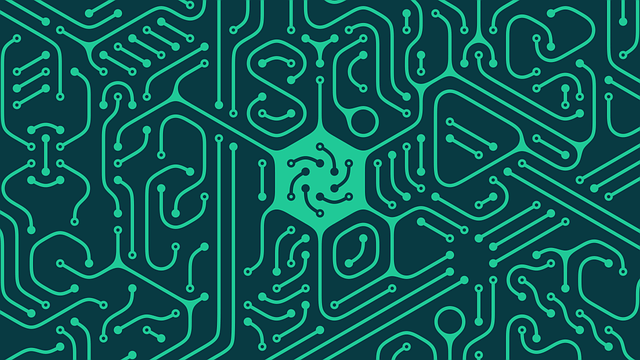Machine learning has become a cornerstone of modern technology, powering applications in data science, artificial intelligence, and predictive analytics. Among the many algorithms available, K-Nearest Neighbors (KNN) is one of the simplest yet most powerful methods for classification and regression tasks. Whether you’re new to machine learning or looking to deepen your understanding, this guide explores how KNN works, its advantages and limitations, and its real-world applications.
In this post, you’ll learn how to implement KNN, understand the importance of selecting the right K value, and discover why it’s called a lazy learning algorithm. Let’s dive into how K-Nearest Neighbors works in machine learning.
How K-Nearest Neighbors (KNN) Works in Machine Learning
KNN is a supervised learning algorithm that works by comparing new data points to existing ones in a dataset. It uses a majority voting mechanism to classify data or a weighted average to predict values for regression tasks.
1. What is KNN in Machine Learning?
KNN, or K-Nearest Neighbors, is an algorithm used for classification and regression. Unlike many machine learning algorithms, KNN does not build a model in advance. Instead, it stores the training dataset and makes predictions by analyzing the K closest data points to the new input.
- Lazy Learning Algorithm: KNN is considered lazy because it delays computation until a prediction is required. Unlike algorithms like decision trees or neural networks, KNN doesn’t involve training.
- Distance Metrics: The algorithm determines closeness using distance metrics like Euclidean distance, Manhattan distance, or Minkowski distance.
For example, in image recognition, KNN can classify a new image based on its similarity to other images in a training set.
2. How to Choose the Right K Value
Selecting the optimal K value is crucial for the algorithm’s accuracy. A value that’s too small can lead to overfitting, while a large K value may oversimplify the model, reducing accuracy.
- Odd vs Even Values: Always choose odd values for K in classification tasks to avoid ties in voting.
- Validation Techniques: Use cross-validation to test multiple K values and find the best fit for your dataset.
3. Applications of KNN in Data Science
KNN has practical applications in numerous fields, including:
- Healthcare: Classifying diseases based on symptoms and patient data.
- E-commerce: Building recommendation systems to suggest products.
- Finance: Detecting fraudulent transactions using transaction similarity.
Real-World Applications of KNN
KNN has cemented its place in machine learning for its versatility and simplicity. Here’s where it shines:
Image Recognition
The algorithm can classify images by comparing pixel intensities to a labeled dataset. For instance, KNN can distinguish between handwritten digits in OCR applications.
Spam Filtering
KNN classifies emails as spam or not based on their similarity to labeled examples.
Predictive Maintenance
In manufacturing, KNN analyzes sensor data to predict equipment failures.
Advantages and Limitations of KNN Algorithm
Advantages
- Simplicity: KNN is straightforward to implement and easy to understand.
- Versatility: It can handle both classification and regression problems.
- Non-parametric: No assumptions are made about the data distribution.
Limitations
- Computational Cost: Predictions require scanning the entire dataset, which can be slow for large datasets.
- Sensitivity to Noise: Outliers can significantly impact predictions.
- Feature Scaling: Performance depends on normalized data due to distance calculations.
Conclusion
K-Nearest Neighbors (KNN) is a foundational algorithm in machine learning, ideal for tasks like classification and regression. Its ease of use, coupled with its versatility, makes it an excellent choice for beginners and experienced practitioners alike. While it has limitations, such as computational cost and sensitivity to noise, these challenges can be mitigated with proper optimization techniques like selecting the right K value and scaling your features.
Understanding how KNN works equips you to apply it effectively in fields like healthcare, finance, and e-commerce. Whether you’re analyzing customer behavior or building predictive maintenance systems, KNN remains a go-to algorithm for achieving reliable results.






